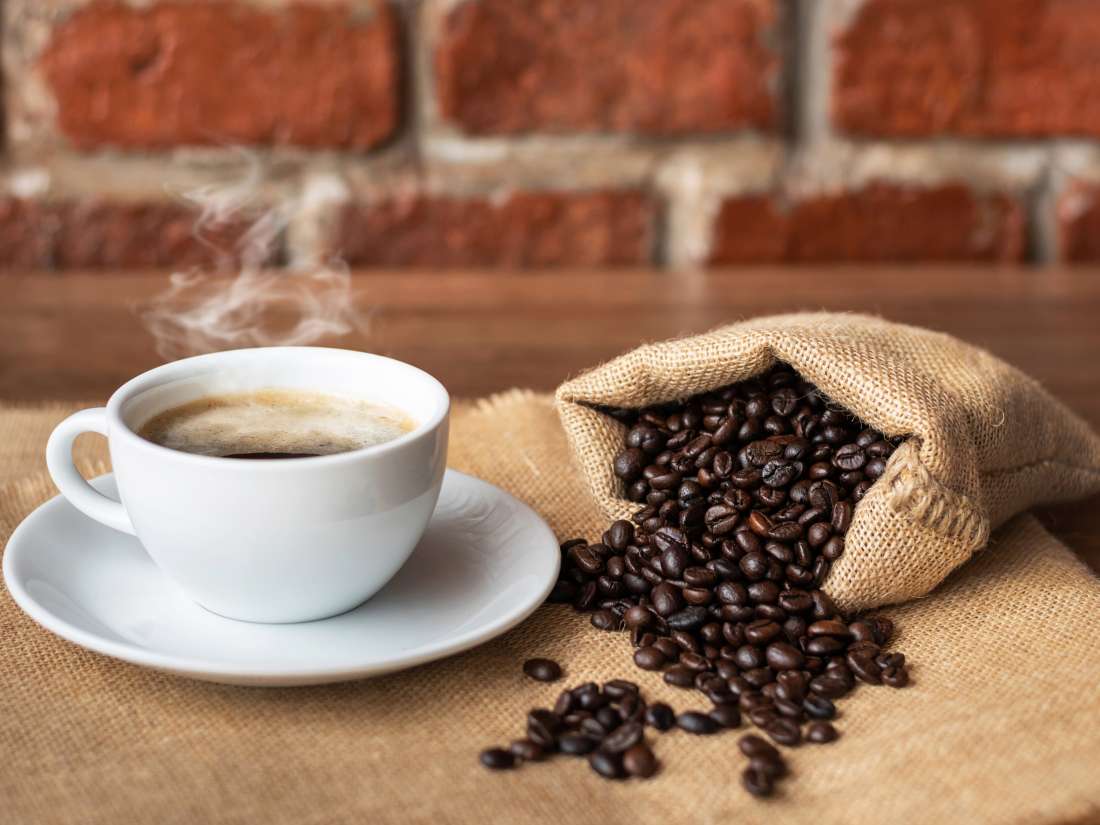
Everyone loves espresso coffee. No matter what we do to make our cup of joe at home, nothing seems to compare to a stunning, strong, crema-topped espresso, which we purchase in our favored cafe. However wouldn't it be nice to be able to make this in your kitchen?
Follow the link below for the entire blog post how to use espresso maker.
The procedure for how to make espresso could be tricky. There is quite a whole lot that enters into successfully preparing this magnificent mixture. Find out exactly how to make espresso with an espresso appliance. Tweak as well as adjust your caffeinated beverage for the best shot. So without further trouble, let's get to it.
Explaining 'Espresso' Coffee
The Cambridge English Thesaurus defines espresso as "a cup of bold coffee, made by forcing warm water through crushed coffee and served without milk."An espresso is a short coffee beverage, known for its intensity, its tiny volume, and the pressure that is involved in brewing it. Let's develop on that a bit.
Learning Espresso
The SCA gives us a much more thorough definition:" Espresso is a 25ml, (.85ounce), [× 2 for a double] drink prepared from 7-9 grams (14-- 18 grams for a double) of ground coffee through which clean water of 195 °F - 205 ° F( 90.5 ° - 96.1 ° C) has been pushed at 9 - 10 bar of high pressure, and where the grind size is such that the brew time is 20-- 30 secs".
Here the SCA not only offers us the meaning, however likewise the recipe as well as the approach for brewing espresso. The most vital part of that description is the bit concerning high pressure.
What Makes Espresso Different from Other Coffee drinks?
The pressure is what actually defines espresso from other coffee drinks. Unlike various other techniques of coffee brewing, such as filter coffee brewing, espresso is brewed with 9-10 bar of pressure. Brewing with high pressure allows us to brew coffee far more quickly, and also extract much more from the bean in a brief amount of time.Tools of the Trade
Espresso applianceFirst off, of course, you require an espresso maker. Any appliance that can producing 9 bars of pressure is adequate for brewing proper espresso.
You must be aware that more economical espresso devices are generally steam-driven, as opposed to pump-based. Steam-based espresso machines can not create sufficient pressure to brew genuine espresso.
Grinder
The next most important item of machinery is your coffee grinder. Some baristas will also say that an excellent coffee grinder is more crucial than a good espresso appliance.For precise work sizes, coffee grinders for espresso brewing should always be burr grinders and not blade grinders.
Portafilter
The portafilter is a metallic filter with a heatproof handle. Inside the portafilter is a filter-basket, where the ground coffee goes.Portafilters with no spout are called bottomless portafilters. These are more difficult to brew with accurately and also are normally utilized by even more knowledgeable baristas.
Tamper
A tamper is an object with the same circumference as the portafilter head, which is used to push the ground coffee firmly and evenly into the portafilter.Top quality tampers are handheld, heavy, and also are normally made of metal with a wood handle. More affordable tampers are made from plastic.
Most espresso appliances com with a plastic tamper, which we recommend replacing.
Distribution Device, or Leveller
A distribution device is another round object with the same area as the portafilter. This is utilized to make sure the surface area of the coffee is level. However, this can be done extremely conveniently with a tamper and also your hand, so a leveler is elective. If you are a novice, I recommend acquiring one, it's simply one less detail to deal with.Maintenance Equipment
A towel or brush is needed to clear out the portafilter after every mixture. Re-brewing old, leftover grounds will cause badly-extracted coffee.You will certainly also need to have a cleaning chemical substance to clean your espresso appliance occasionally.
Right espresso temperature
Proper brewing temperature level is below boiling point - in between 195 °- 205 ° F.Brewing temperature level is kept constant by the majority of espresso makers. If the brewing temperature is off, it is time to get your appliance serviced.
Pressure and brewing time
The pressure and brewing time are influenced by the grind size, the amount of coffee in the filter, as well as how the ground coffee is tamped.Proper brewing high pressure is around 9 and 10 bars. The best extraction time for espresso is roughly 25-35 secs. If the pressure or the extraction time are inaccurate, one or more of the other variables will certainly need to get readjusted.
If you can not attain the right pressure for espresso brewing yet you are following the other steps properly, there is a possibility that your appliance requires a service. Business espresso makers must be serviced at least every 6 months. Residential machines can last much longer depending upon how much they're used. Cleaning your maker and maintaining it minimizes the number of times you will certainly need to service it.